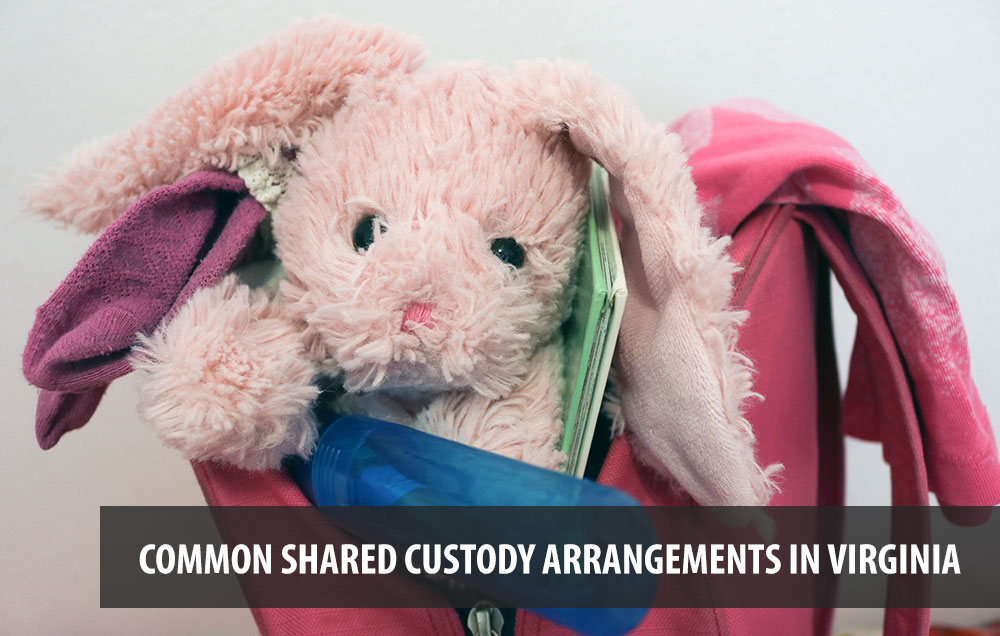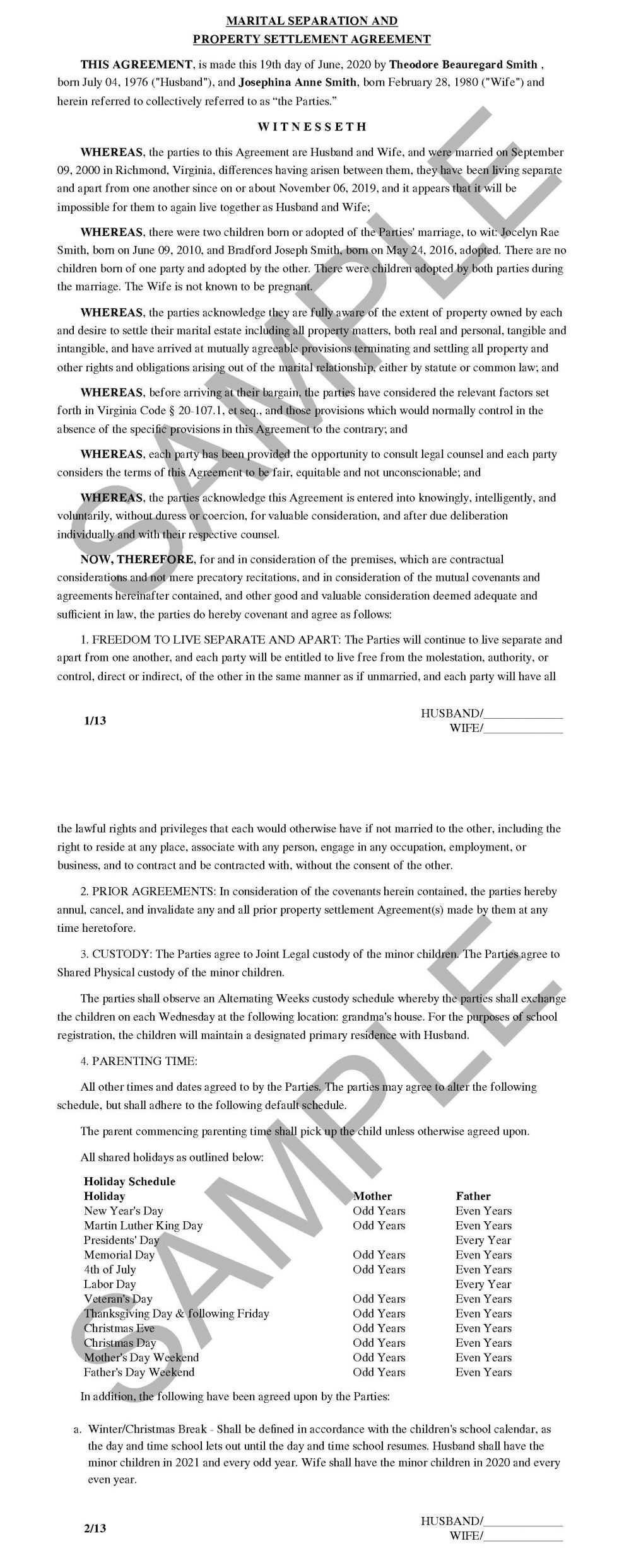As you work your way through a quality separation agreement, you should include a section about your children. You not only need to work with your spouse to determine child custody, you also have to work out parenting time schedules.
Physical Custody
When one parent has full physical custody of the children in a separation or divorce, the other parent is non-custodial and has a legal right to visitation, also known as parenting time. When both parents have joint custody, the courts and parents strive to provide equal time for both parents. A schedule, sometimes called a parenting plan, must be worked out in full detail and included with the separation agreement or property settlement agreement.
Suppose you and the children’s mother agree that you have joint custody, but she retains the family home. You get a place not too far from the family home so you and their mother can work out shared custody that minimizes stress on everyone, but especially the children.
You and the kids’ mom have many choices in arranging your visitation schedule. Whatever you decide, remember to take into account special days:
- School events
- School vacations
- Major holidays
- Medical appointments
- Family events (birthdays, graduations, reunions and the like)
- Extracurricular activities like sports, dance, music, and clubs
Add another layer of the challenge: the non-custodial parent should strive to fulfill Code of Virginia § 20-124.2.B, which says in part, “The court shall assure minor children of frequent and continuing contact with both parents, when appropriate, and encourage parents to share in the responsibilities of rearing their children.”
Answers to this complex challenge are the many forms of parenting time schedules.
Biweekly Visitation
A joint custody arrangement that moves the children between parents every two weeks is called a biweekly schedule. It is as close to a 50-50 split as possible. This arrangement is excellent for school-age children with hectic schedules that include sports and other after-school activities. The children have enough time with each parent to “settle in,” and neither parent goes for very long without enjoying the company of the children.
Switching between parents can be anytime, including midweek or weekends. Some parents use the biweekly schedule but work in a visit with the other parent at least once in the two weeks.
2-2-3
Though it sounds like a police precinct number, the 2-2-3 is suited for parents of younger children. The easiest way to understand this is to look at a typical two-week schedule:
- Dad has the children two days
- Then Mom mothers them for two days
- The kids go back to Dad for a three-day weekend
- They return to Mom for two days
- Dad enjoys the kids for two days
- The children end the two weeks with a three-day Mom weekend
- Repeat the cycle
This helps prevent children missing one parent too much. This visitation schedule is great if the two houses are physically close. If the two parents are very far apart (more than a half hour’s drive, let’s say), it can be very difficult.
2-2-5-5
A 2-2-5-5 is similar in structure to a 2-2-3 but allows for a solid five-day stretch with one parent and then the other. It, like the 2-2-3 and biweekly schedule, allows for as close to a 50-50 split of parenting time as possible.
With a 2-2-5-5 (and its similar structure, 3-3-4-4), two weeks look like this:
- Kids start with Mom on, say, Monday and Tuesday
- Dad gets them Wednesday and Thursday
- Mom has them from Friday through the following Tuesday
- Dad enjoys the kids from Wednesday to Sunday
- Repeat the cycle
The 3-3-4-4 arrangement lowers the rate of turnover and reduces the long stretch from five to four days.
Outside the Box
Your children’s extracurricular activities, health conditions, or special needs may mean you and their mother need to develop some other visitation schedule that, in the short term, is not 50-50. Perhaps the kids stay with Mom for a school quarter, and then with Dad. Perhaps they stay with Dad through summer and return to Mom for the start of the school year.
You and the kids’ mother must keep in mind Virginia’s overarching rule, “the best interests of the child.” You two have to demonstrate to the court’s satisfaction that your separation agreement shows thought and purpose behind your visitation schedule or parenting plan.
Go to TheFirmForDivorce.com to learn how you can provide the best parenting plan for your situation.


